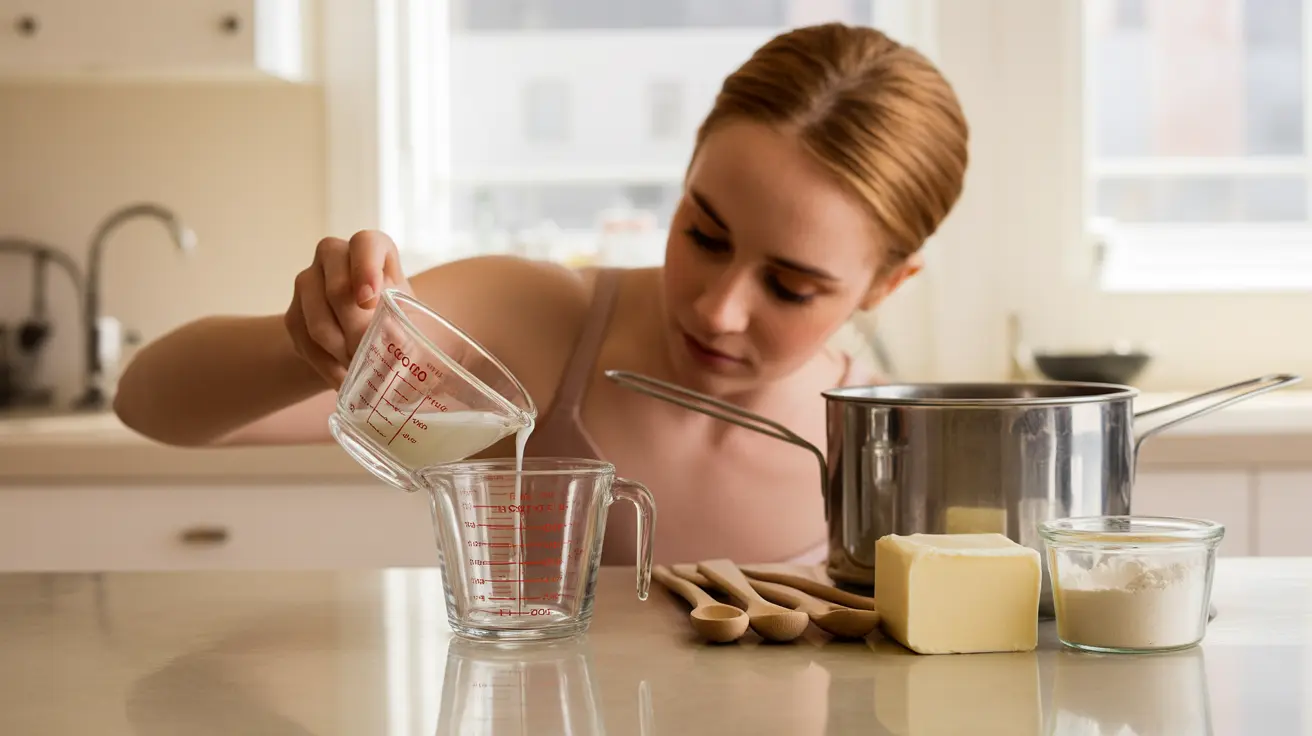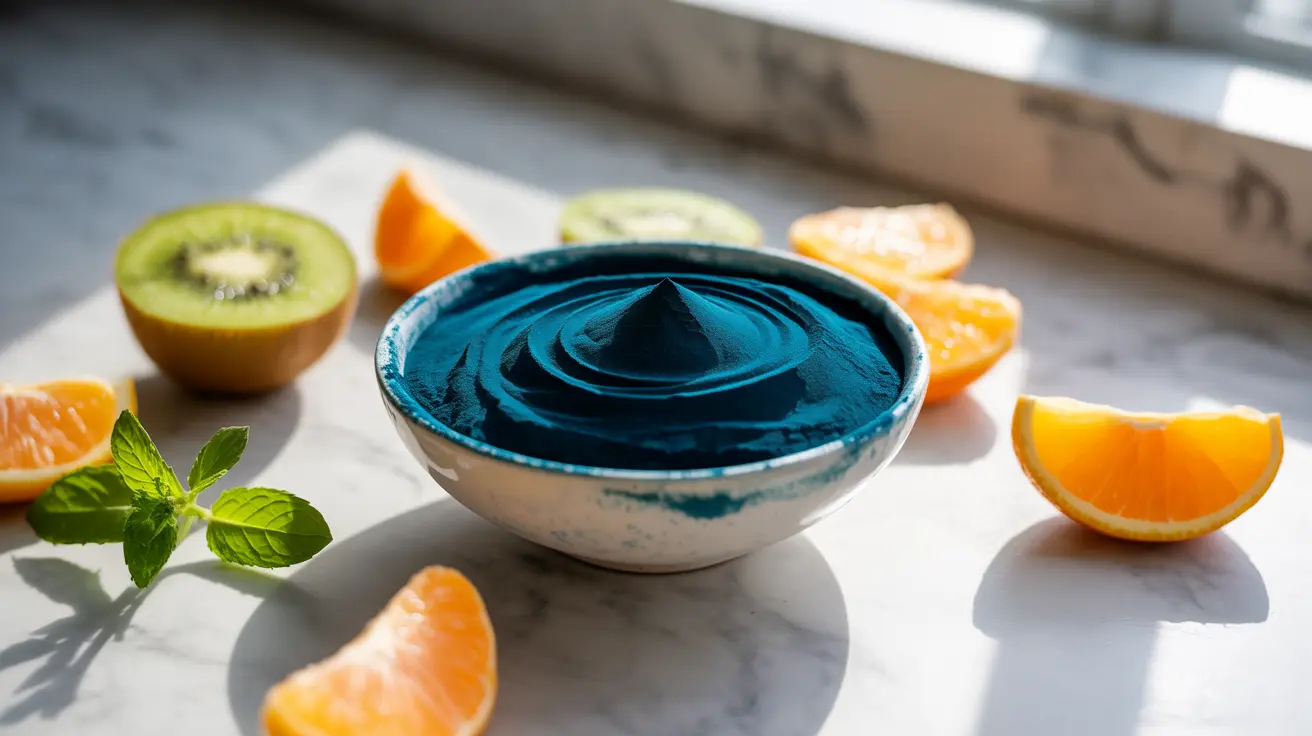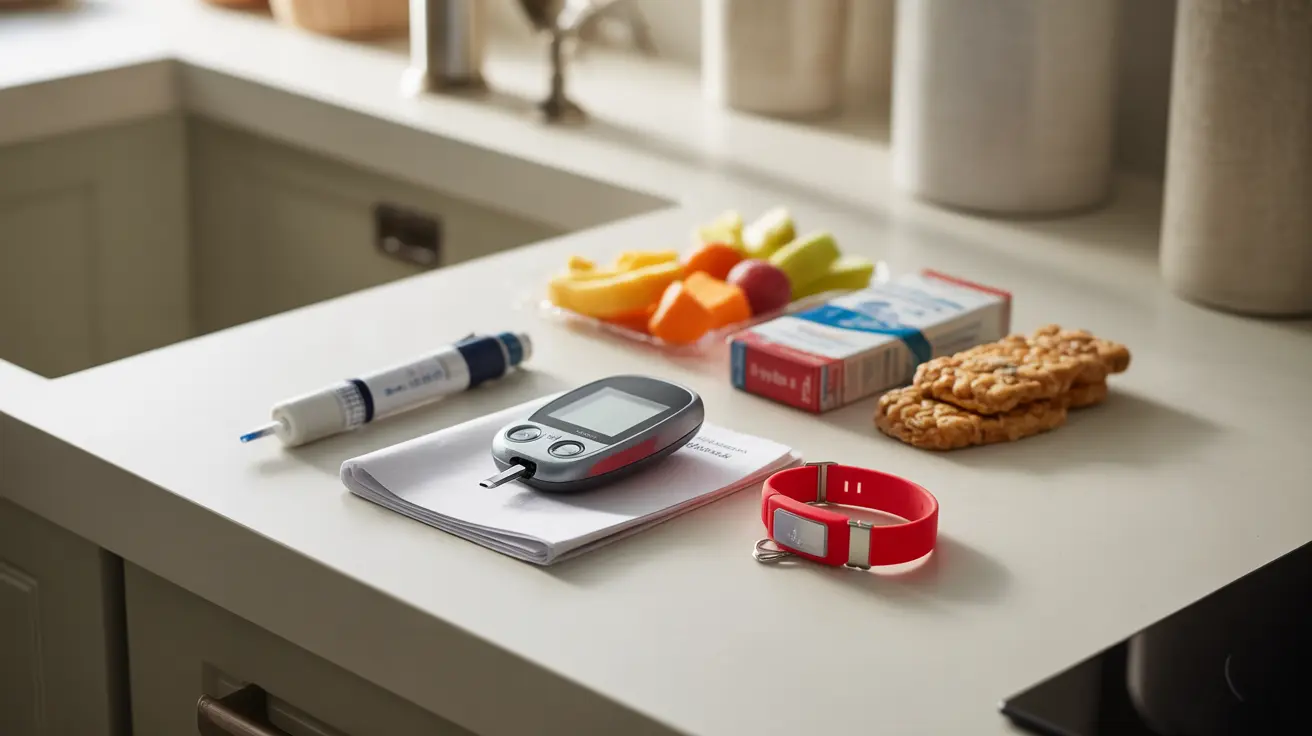Creating your own sunscreen at home has gained popularity among those seeking natural alternatives to commercial products. While the idea of controlling every ingredient that goes on your skin is appealing, understanding how to make sunscreen properly requires careful consideration of ingredients, safety protocols, and realistic expectations about protection levels.
Before diving into homemade formulations, it's crucial to understand that sun protection is a serious matter affecting your long-term skin health. This comprehensive guide will walk you through the process of creating DIY sunscreen while addressing the important safety considerations and limitations you need to know.
Understanding the Basics of Sunscreen Protection
Sunscreen works by either absorbing or reflecting ultraviolet (UV) radiation from the sun. Commercial sunscreens contain carefully tested and regulated ingredients that provide measurable Sun Protection Factor (SPF) ratings. When learning how to make sunscreen at home, you'll be working with physical blockers like zinc oxide and titanium dioxide, which create a barrier on your skin's surface.
The effectiveness of any sunscreen depends on proper formulation, even distribution, and adequate application. Unlike commercial products that undergo rigorous testing to verify their SPF claims, homemade versions cannot guarantee specific protection levels without professional laboratory testing.
Essential Ingredients for Homemade Sunscreen
Primary Active Ingredients
The most critical components in DIY sunscreen are mineral-based UV filters. Zinc oxide is considered the gold standard for homemade formulations because it provides broad-spectrum protection against both UVA and UVB rays. You'll need non-nano zinc oxide powder, typically comprising 15-25% of your final formula for meaningful protection.
Titanium dioxide serves as another effective mineral blocker, though it primarily protects against UVB rays. When combined with zinc oxide, it can enhance overall protection, but zinc oxide remains the more versatile choice for beginners.
Base Ingredients and Natural Oils
Coconut oil frequently appears in homemade sunscreen recipes due to its natural SPF of approximately 4-7. While this provides minimal protection on its own, it serves as an excellent carrier oil that helps blend other ingredients smoothly. The oil's antimicrobial properties and pleasant texture make it a popular base choice.
Shea butter offers natural moisturizing benefits and has an estimated SPF of 3-4. It helps create a creamy consistency while providing additional skin-nourishing properties. However, like coconut oil, its protective capabilities are quite limited compared to mineral blockers.
Other beneficial oils include jojoba oil, which closely mimics skin's natural sebum, and avocado oil, rich in vitamins and antioxidants. These ingredients support skin health but contribute minimal sun protection value.
Step-by-Step Instructions for Making Homemade Sunscreen
Gathering Your Materials
Before beginning, ensure you have high-quality, cosmetic-grade ingredients. You'll need non-nano zinc oxide powder (15-25% of total formula), coconut oil, shea butter, beeswax for consistency, and optional essential oils for fragrance. Use clean, sterilized equipment including a digital scale, double boiler, whisk, and storage containers.
Basic Recipe and Preparation
Start by measuring ingredients by weight for accuracy. A simple formula might include 1/4 cup coconut oil, 2 tablespoons shea butter, 1 tablespoon beeswax, and 2 tablespoons zinc oxide powder. Melt the oils, butter, and wax together in a double boiler, stirring until completely combined.
Remove from heat and allow to cool slightly before slowly whisking in the zinc oxide powder. Mix thoroughly to prevent clumping and ensure even distribution. Pour into clean containers and allow to solidify completely before use.
Safety Considerations and Limitations
The most significant concern with homemade sunscreen is the inability to verify actual SPF levels without professional testing. Even with proper ingredients and ratios, factors like mixing technique, particle size, and storage conditions can affect protection levels. This uncertainty poses real risks for sun exposure situations where reliable protection is crucial.
Additionally, homemade formulations may separate over time, creating uneven protection across your skin. They typically have shorter shelf lives than commercial products and lack preservatives that prevent bacterial growth in humid conditions.
Skin sensitivity is another consideration, as some individuals may react to concentrated essential oils or other natural ingredients. Always perform patch tests before full application.
Comparing DIY vs Commercial Sunscreen Effectiveness
Commercial sunscreens undergo extensive testing to verify their SPF ratings and broad-spectrum protection claims. They're formulated with precise ratios of active ingredients and include stabilizers that maintain effectiveness over time. FDA regulations ensure these products meet specific safety and efficacy standards.
Homemade versions, while potentially containing beneficial ingredients, cannot match the testing rigor or consistent protection of regulated products. The concentration of zinc oxide needed for meaningful protection often creates a thick, white appearance that many find cosmetically unacceptable.
For everyday casual exposure, homemade options might provide some protection when combined with other sun-safe practices. However, for extended outdoor activities, beach days, or intense UV exposure, commercial broad-spectrum sunscreens remain the safer choice.
Best Practices for Using Homemade Sunscreen
If you choose to use homemade sunscreen, apply it generously and reapply frequently, at least every two hours or after swimming or sweating. Remember that DIY formulations may not be water-resistant and could require more frequent reapplication than commercial products.
Combine homemade sunscreen use with other protective measures like seeking shade during peak UV hours (10 AM to 4 PM), wearing protective clothing, wide-brimmed hats, and UV-blocking sunglasses. This multi-layered approach helps compensate for the uncertain protection levels of homemade formulations.
Store your homemade sunscreen in cool, dry conditions and discard it if you notice changes in color, smell, or texture. Without preservatives, these products are more susceptible to degradation and contamination.
Frequently Asked Questions
How do you make homemade sunscreen with natural ingredients like coconut oil and zinc oxide?
To make homemade sunscreen, melt together 1/4 cup coconut oil, 2 tablespoons shea butter, and 1 tablespoon beeswax in a double boiler. Once melted and combined, remove from heat and slowly whisk in 2 tablespoons of non-nano zinc oxide powder until thoroughly mixed. Pour into containers and allow to solidify. The zinc oxide provides the primary sun protection, while coconut oil and other ingredients serve as carriers and provide minor additional protection.
Is homemade sunscreen as effective and safe as commercial sunscreens for UV protection?
Homemade sunscreen is generally not as effective or reliable as commercial sunscreens. While it may contain protective ingredients like zinc oxide, DIY formulations cannot be tested for actual SPF levels or broad-spectrum protection. Commercial sunscreens undergo rigorous testing and regulation to ensure consistent protection levels, water resistance, and safety. Homemade versions may provide some protection but with significant uncertainty about their effectiveness.
What are the risks of using DIY sunscreen instead of regulated, tested commercial products?
The primary risk is inadequate sun protection, which can lead to sunburn, premature aging, and increased skin cancer risk. Other concerns include uneven ingredient distribution, product separation over time, shorter shelf life, potential bacterial contamination without preservatives, and possible skin reactions to concentrated natural ingredients. The inability to verify actual SPF levels means you may have insufficient protection during crucial sun exposure periods.
Can natural ingredients like shea butter and aloe vera provide reliable sun protection?
Natural ingredients like shea butter (SPF 3-4) and aloe vera (minimal SPF) provide very limited sun protection on their own. While they offer skin-nourishing benefits and may provide minor UV filtering, they cannot be relied upon as primary sun protection. These ingredients work best as supporting components in formulations that include mineral blockers like zinc oxide, or as after-sun care products rather than preventive protection.
How can I ensure proper SPF coverage and broad-spectrum protection in homemade sunscreens?
Unfortunately, you cannot ensure specific SPF levels or verify broad-spectrum protection in homemade sunscreens without professional laboratory testing. To maximize protection potential, use non-nano zinc oxide at 15-25% concentration, ensure thorough mixing to prevent clumping, apply generously and evenly, and reapply frequently. However, the most reliable way to ensure adequate protection is to use commercially tested and regulated sunscreens, especially for extended sun exposure or high-risk situations.




